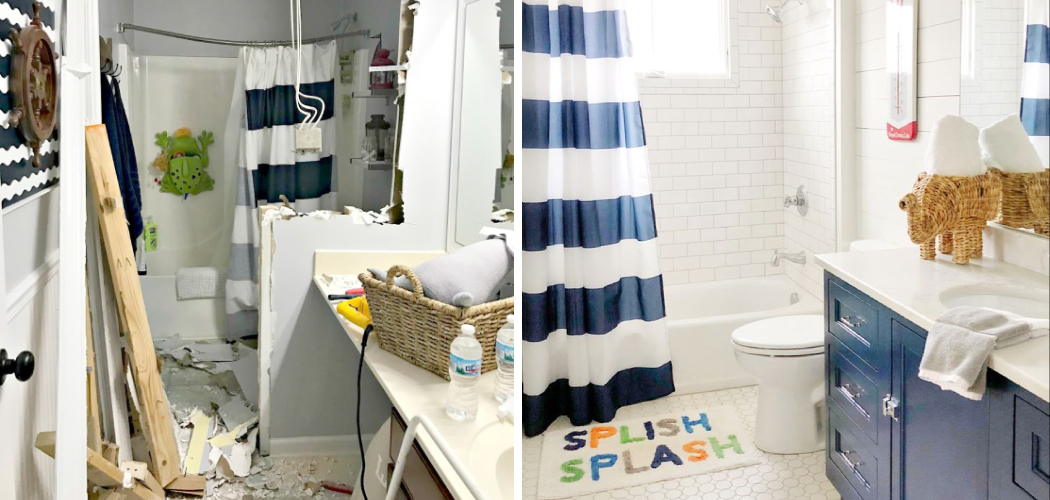If you’ve ever wanted to make your bathroom look more luxurious and spacious, removing a wall could be just the trick. Removing an internal non-loadbearing wall can dramatically increase the size of your bathroom and create an architectural statement piece in the process.
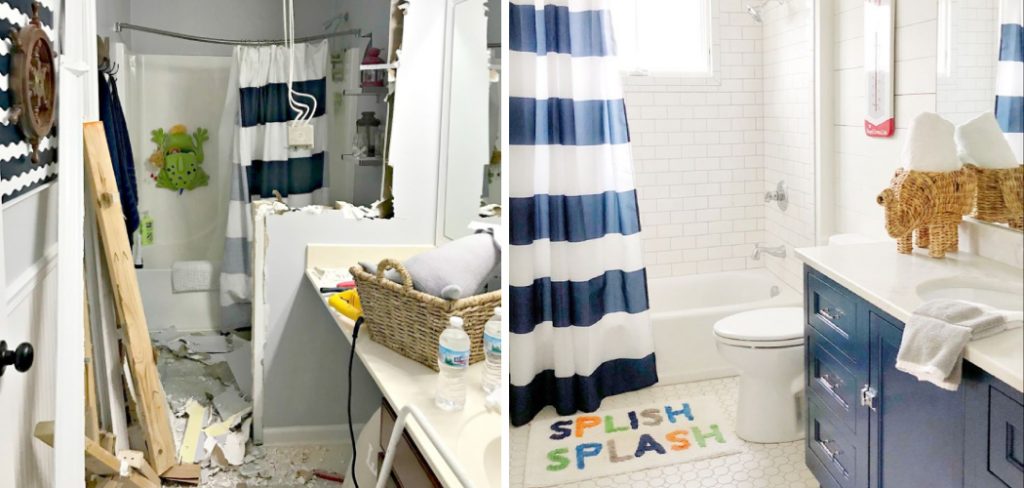
Of course, the thought of taking down a wall may seem intimidating because of all the potential intricacies involved – wiring, plumbing, drywall repair…the list goes on. But once you understand what’s going into this project and how labor-intensive it can be, removing a wall from your home becomes much easier (and less daunting!).
In this blog post, we’ll show you exactly how to remove a wall to expand a bathroom so that by Saturday night dinner time you’re relaxing in style in your beautiful newly expanded bathroom!
Step-by-step Guidelines on How to Remove a Wall to Expand a Bathroom
Step 1: Identify the Wall’s Type and Location
The first step to removing a wall is to identify its type and location. Is this an internal non-loadbearing wall or an external load-bearing wall? Loadbearing walls are supporting structures in your home that need specific structural reinforcement before they can be removed, whereas non-loadbearing walls only possess aesthetic value and can be removed without any additional structural support. You should also make sure the wall is not part of any electrical or plumbing systems.
Step 2: Check for Asbestos
If you’re dealing with a home built before 1980 then it’s important to check for asbestos in the wall material. Asbestos is a hazardous material that can cause health problems if disturbed, so hiring an expert to inspect the wall is the safest option. Checking for asbestos is especially important if you’re planning on doing the demo work yourself.
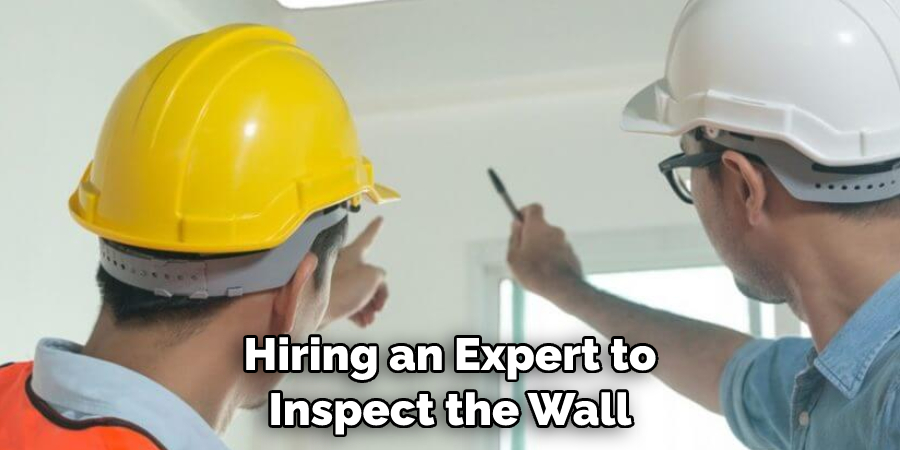
Step 3: Obtain a Permit
Before beginning demolition, you’ll need to obtain a permit from your local government agency. This permit will ensure that any building code violations are addressed and that all safety regulations are followed during the project. This permit should include a detailed inspection of the wall once it’s removed in order to make sure everything is up to code.
Step 4: Prepare for Demolition
Once you’ve identified the wall type, checked for asbestos, and obtained the necessary permit, it’s time to get ready for demolition! Make sure all furniture and other items are cleared away from the wall, and then cover the floor with a tarp to protect it from any debris.
Step 5: Begin Demo Work
Now you’re ready for demolition! You’ll need to use a sledgehammer or crowbar to break away any drywall from the studs. Once that’s done, it’s time to remove the studs themselves – you can use a reciprocating saw or a handsaw to do this. Once the studs have been removed, you’ll need to cut away any insulation in the wall and then remove the floor joists if they’re present.
Step 6: Remove Debris
Once all of the demolition work is finished, it’s time to clean up! Carefully remove any debris from the area and dispose of it properly. While removing the debris, keep an eye out for any wiring or plumbing lines that may need to be rerouted, and make sure they’re taken care of before continuing to the next step.
Step 7: Prepare for Expansion
Now that the wall has been removed, it’s time to prepare for the expansion! Start by measuring the area where you want to expand and then cut the framing pieces needed for your new walls according to those measurements. You’ll also need to install any electrical outlets or switches, as well as any new plumbing lines, before the drywall installation.
Step 8: Install Drywall
Once all of the framing pieces have been installed and any necessary wiring or plumbing has been completed, it’s time to install the drywall. Measure and cut each piece of drywall to fit the new walls and use a screw gun to secure them in place. Once the drywall is installed, you can use a drywall knife to fill in any seams or joints and then sand the walls smoothly.
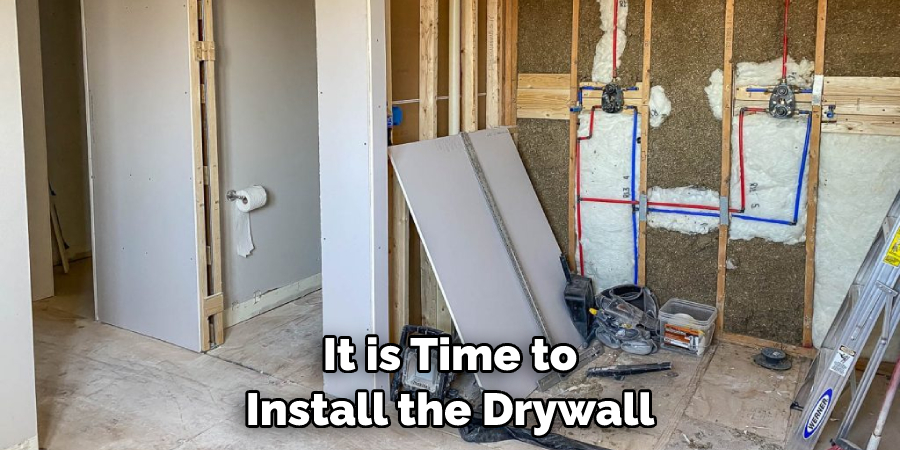
Step 9: Paint & Decorate
The last step in expanding your bathroom is to paint and decorate the new space. Choose a color that compliments the rest of your home and start painting! Once the walls are finished, you can add any decorative touches like a shower curtain or artwork to complete the look.
Following these steps will help you to safely and efficiently remove a wall to expand your bathroom. With the right planning and preparation, this project can be accomplished in a few days – just in time for guests to come over and admire your newly expanded space!
Additional Tips and Tricks to Remove a Wall to Expand a Bathroom
- After demolition is complete, make sure to clean up the area and dispose of any debris properly.
- Check to see if any additional remodeling or repairs will need to be done after removing the wall. Be sure that you have all the necessary materials on hand, such as drywall, insulation, joint compound, etc.
- Consider consulting with a professional, especially if you do not have prior experience with wall demolition or repairs.
- Make sure to take safety precautions such as wearing goggles and work gloves, and be mindful of any potential hazards present in the area.
- Be aware that expansion projects may require additional permits and licenses. Check local regulations in your area before beginning the project.
- If you plan to add new fixtures or elements such as a new sink, toilet, or tub, make sure that the dimensions are correct before purchasing them.
- Be sure to measure twice and cut once! This will help prevent costly mistakes and delays in the project.
- Take your time when working on the project – it may take longer than expected but the end result will be worth it!
- If you are feeling overwhelmed or unsure, ask a friend or family member for assistance. Two sets of eyes and hands can go a long way in this situation.
- Finally, enjoy your newly expanded bathroom space! It’s time to show off all your hard work and take pride in the results.
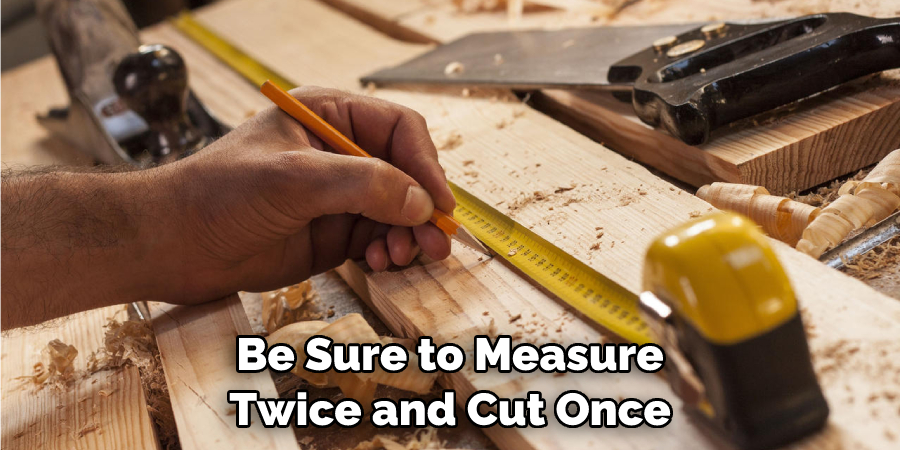
Following these tips and tricks will make the process of removing a wall to expand your bathroom much easier and more successful. Good luck!
Frequently Asked Questions
What Size of Wall Can I Remove?
Generally, any non-load-bearing wall in your home can be safely removed to create a larger bathroom. However, it’s important to consult a professional contractor or engineer who can evaluate your space and determine the best course of action depending on the load-bearing walls present in your home.
Will I Need Permits?
In most cases, yes. Depending on the work you need to do and your local laws, you may need to obtain permits from your local government before starting a bathroom remodel. Consider consulting a professional contractor who can help determine if you will need any additional permits or inspections for your project.
What Should I Consider Before Removing a Wall?
Before removing any wall in your home, it’s important to consider the layout of your space. Make sure you have enough room for plumbing and other essential elements that are needed for the remodel. Additionally, think about how much light will enter the room after the wall is removed and use natural lighting whenever possible.
How Much Will Remodeling a Larger Bathroom Cost?
The cost of remodeling a larger bathroom will depend on the materials used, the size of the room you’re working with, and any additional fees associated with permits or labor.
Consider consulting multiple contractors who can provide estimates for your project before making any decisions. Additionally, consider budgeting for any unexpected costs that may arise during the remodeling process.
Do I Need Professional Help to Remove a Wall?
Yes, it’s best to consult a professional contractor or engineer if you plan on removing any walls in your home. A professional can help ensure that the wall is properly removed and that all safety regulations are followed. They can also help evaluate the load-bearing walls in your home and determine the best course of action for your project.

Conclusion
All in all, knowing how to remove a wall to expand a bathroom is a great way to create more space in your home. It’s important to consult a professional contractor who can evaluate your space and determine the best course of action depending on the load-bearing walls present in your home.
Additionally, you should make sure you obtain all necessary permits from your local government before starting any bathroom remodel and consider budgeting for any unexpected costs that may arise during the process. With the help of a professional, you can ensure that the wall is safely and properly removed and have a larger bathroom in no time.

